Large Occupancy Environments AED Requirements and Laws
It is vital when placing AEDs to identify areas with large numbers of individuals where there is high traffic and high occupancy. The higher the volume of people, the increased chances of a sudden cardiac arrest event. These include, but are not limited to, congested areas such as arenas, gymnasiums, community or event centers, museums, parks, corporate offices, shopping malls and airports.
While placing AEDs in busy areas is not required in all states, it is highly recommended. When placing an AED in a concentrated area, it is important to make your AED as accessible and visible to the public as possible. This means incorporating signage, AED cabinets, and even window decals so those entering know an AED is on site and can find one in a timely manner. Check the list below to see if your state requires AEDs to be placed in large occupancy environments.
Which States have Large Occupancy Environment AED Requirements and Laws?
Note: The information on this page is intended to educate readers on the general topic of AEDs and AED legislation. AED.com does not guarantee completeness or accuracy of any AED law interpretation, summary, or listing. This information is intended to be a summary of general facts and not legal advice or a means to check compliance. For assistance interpreting and determining AED law compliance in your state, please contact us.
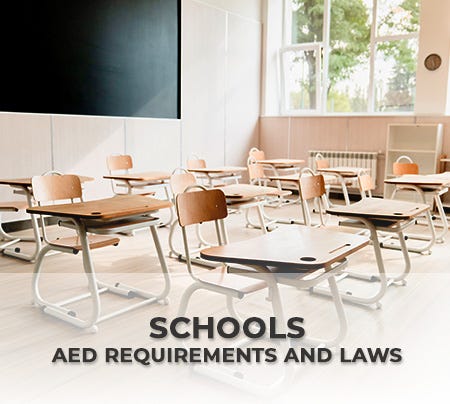

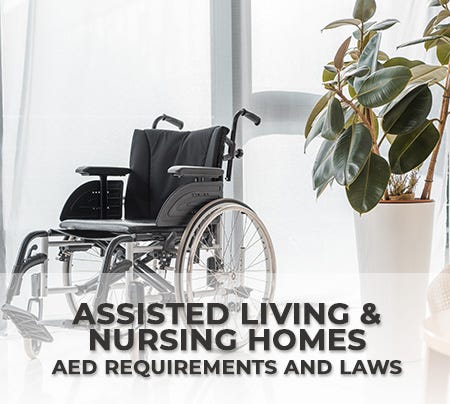
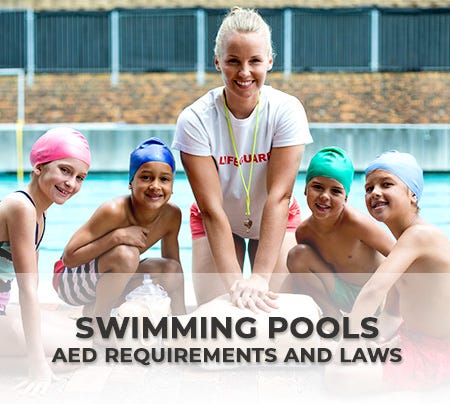
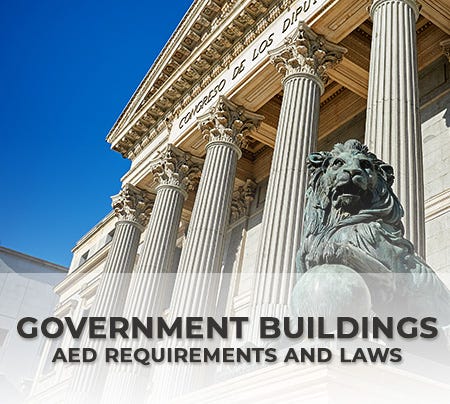
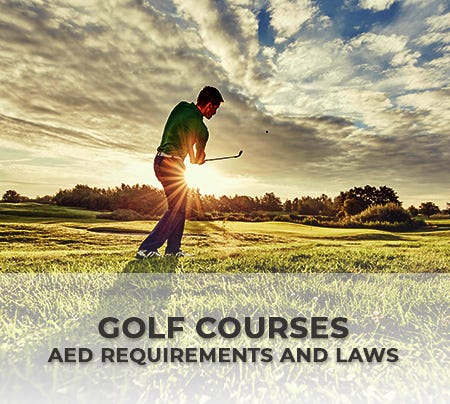
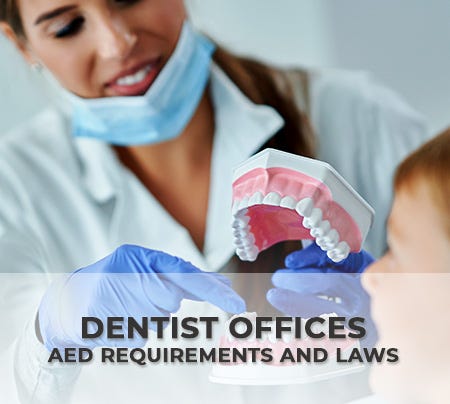
 CALL US:
CALL US: